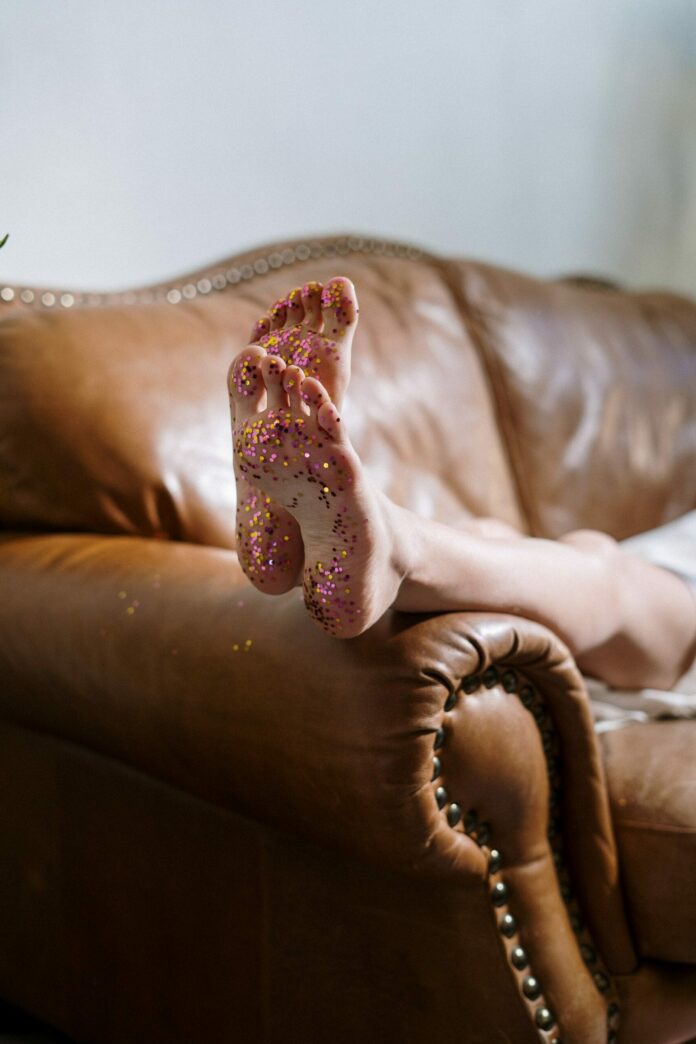Overview Of Syphilis
Syphilis is a bacterial infection that is most often spread through sexual contact.
Commonly Associated With
Primary syphilis; Secondary syphilis; Late syphilis; Tertiary syphilis; Treponema – syphilis; Clap; Lues; Sexually transmitted disease – syphilis; Sexually transmitted infection – syphilis; STD – syphilis; STI – syphilis
Causes Of Syphilis
Syphilis is a sexually transmitted infectious (STI) disease caused by the bacterium Treponema pallidum. This bacterium causes infection when it gets into broken skin or mucus membranes, usually of the genitals. The disease is most often transmitted through sexual contact, although it also can be transmitted in other ways.
This condition occurs worldwide, most commonly in urban areas. The number of cases is rising fastest in men who have sex with men (MSM). Young adults ages 20 to 35 are the highest-risk population. Because people may be unaware that they are infected, many states require tests for the disease before marriage. All pregnant women who receive prenatal care should be screened for syphilis to prevent the infection from passing to their newborn (congenital syphilis).
There are three stages:
- Primary
- Secondary
- Tertiary (the late phase of the illness)
- Secondary, tertiary, and congenital syphilis are not seen as often in the United States because of education, screening, and treatment.
Symptoms Of Syphilis
The incubation period for primary syphilis is 14 to 21 days.
Symptoms of the primary form are:
- Small, painless open sore or ulcer (called a chancre) on the genitals, mouth, skin, or rectum that heals by itself in 3 to 6 weeks
- Enlarged lymph nodes in the area of the sore
- The bacteria continue to grow in the body, but there are few symptoms until the second stage.
The symptoms of secondary syphilis start 4 to 8 weeks after the primary. The symptoms may include:
- Skin rash, usually on the palms of the hands and soles of the feet
- Sores called mucous patches in or around the mouth, vagina, or penis
- Moist, warty patches (called condylomata lata) in the genitals or skin folds
- Fever
- General ill feeling
- Loss of appetite
- Muscle and joint pain
- Swollen lymph nodes
- Vision changes
- Hair loss
The tertiary form develops in untreated people. The symptoms depend on which organs have been affected. They vary widely and can be difficult to diagnose.
Symptoms include:
- Damage to the heart, causing aneurysms or valve disease
- Central nervous system disorders (neurosyphilis)
- Tumors of skin, bones, or liver
Exams & Tests
The health care provider will perform a physical exam and ask about the symptoms.
Tests that may be done include:
- Examination of fluid from sore (rarely done)
- Echocardiogram, aortic angiogram, and cardiac catheterization to look at the major blood vessels and the heart
- Spinal tap and examination of spinal fluid
- Blood tests to screen for syphilis bacteria (RPR, VDRL, or TRUST)
If the RPR, VDRL, or TRUST tests are positive, one of the following tests will be needed to confirm the diagnosis:
- FTA-ABS (fluorescent treponemal antibody test)
- MHA-TP
- TP-EIA
- TP-PA
Treatment Of Syphilis
This disease can be treated with antibiotics, such as:
- Penicillin G benzathine
- Doxycycline (type of tetracycline given to people who are allergic to penicillin)
Length of treatment depends on how severe it is, and factors such as the person’s overall health.
To treat syphilis during pregnancy, penicillin is the drug of choice. Tetracycline cannot be used for treatment because it is dangerous to the unborn baby. Erythromycin may not prevent the congenital form in the baby. People who are allergic to penicillin should ideally be desensitized to it, and then treated with penicillin.
Several hours after getting treatment for the early stages, people may experience the Jarisch-Herxheimer reaction. This process is caused by an immune reaction to the breakdown products of the infection.
Symptoms and signs of this reaction include:
- Chills
- Fever
- General ill feeling (malaise)
- Headache
- Muscle and joint pain
- Nausea
- Rash
These symptoms usually disappear within 24 hours.
Follow-up blood tests must be done at 3, 6, 12, and 24 months to ensure that the infection is gone. Avoid sexual contact when the chancre is present. Use condoms until two follow-up tests have shown that the infection has been cured, to reduce the chance of transmitting the infection.
All sexual partners of the person with syphilis should also be treated. Syphilis can spread very easily in the primary and secondary stages.



